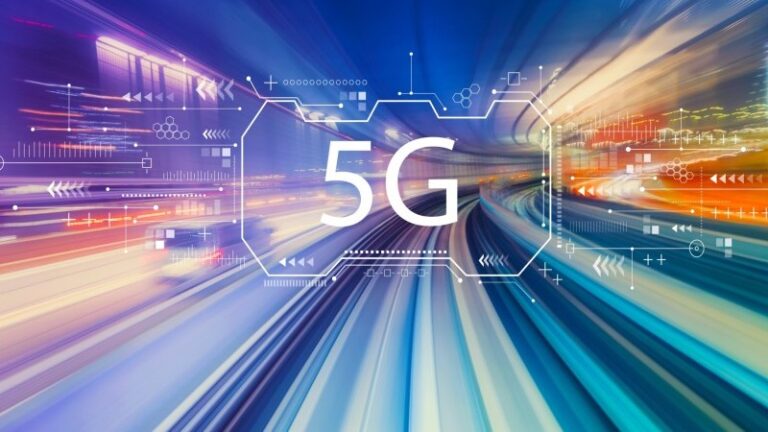Speeds also vary by network operator, with market leaders tending to offer the fastest connections. In Norway, market leader Telenor has average download speeds around 30% faster and upload speeds around 12% faster than the second fastest network (Telia).
The situation is very similar in the Netherlands. Market leader KPN’s download speeds are 20% faster than second place (T-Mobile) and 70% faster than Vodafone. Upload speeds also vary. KPN is nearly 10% faster than T-Mobile and almost twice as fast as Vodafone.
Conversely, the UK’s fastest carriers (three) are not market leaders. Still, download speeds are more than 3 times faster than the slowest operator (O2), and upload speeds are about 60% faster than O2.
This means that 5G will vary by region and city. Operators with large market shares and those offering the fastest speeds have the opportunity to monetize these advantages. Additionally, market leaders may be able to offer new services such as applications that require low latency, such as live streaming and high-frequency trading.
In 2024, we expect to see more trials of private networks based on 5G technology, while 5G standalone deployments will gain momentum. Companies like Finland’s Telia are perfecting 5G standalone networks. This means it operates on a modern cellular infrastructure based on 5G radio technology, but also on a 5G core network. This increases the operational efficiency of mobile networks and enables further services such as private networks. Companies such as Verizon and Deutsche Telekom are trialling private wireless networks based on the new 5G technology, network slicing, to their customers. Therefore, in 2024, the broader 5G technology will gain even more attention as more spectrum will become available, resulting in an even better user experience.


